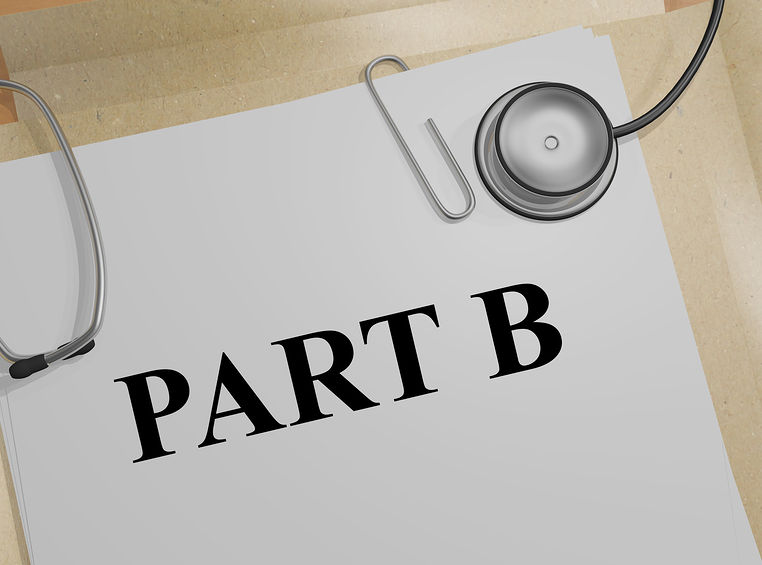Remedy Responses: What They Mean (Part B)

[Refer to the previous 3 remedy responses in this 2-part article: Remedy Responses: What They Mean (Part A)]
4. Accessory symptoms – Existing symptoms improve, but new ones emerge.
What this means
The remedy partially matched the unwell person’s symptoms. Although existing symptoms improved, the imperfect match led to new, different symptoms related to the remedy.
Example
Following a dose of the remedy, painful joints improved, and the person experienced abdominal rumbling and flatulence.
Explanation
New and different symptoms that arise while existing ones improve are called ‘accessory symptoms’. They occur when there is only a partial match between the prescribed remedy’s symptoms and those of the unwell person.
It is as if a curative effect and dissimilar aggravation happen simultaneously; the similar part of the remedy results in improvement while the dissimilar part produces a mild dissimilar aggravation.
What to do
If the accessory symptom(s) are mild, they can be ignored, knowing they will disappear once the remedy is no longer needed.
If the accessory symptom is intense or unpleasant, treatment should be stopped and a new remedy prescribed that, if possible, matches the remaining current symptoms and the accessory symptom.
5. Return of old symptoms: Existing symptoms improve, but past symptoms reappear.
What it means
The remedy was correct, and the person experiences a positive phenomenon in homeopathy known as a ‘return of old symptoms’.
Example
Painful joints improved after taking the remedy, but a temporary itchy skin rash, which had been a problem several years ago, reappeared.
Explanation
A ‘return of old symptoms’ phenomenon indicates that the remedy is working deeply to resolve past complaints that were never truly cured but only suppressed into the body’s energetic layer.
The return of past symptoms is usually mild and short-lived. Once those symptoms are fully resolved by the remedy, they never reappear.
What to do
Note the symptoms and the order in which they return to confirm it is genuinely a ‘return of old symptoms’ event rather than an aggravation (see Part A of this article for more information on aggravations). Once confirmed, extensive and deep healing can be expected.
6. Appearance of a surrogate eruption or discharge as existing symptoms improve.
What it means
The remedy was correct. The tension of the energetic imbalance (disease) is being relieved through a ‘vent’ as healing occurs.
Example
Painful joints improve with the onset of a runny nose and painless diarrhea.
Explanation
When strong enough, the body tries to ‘externalize’ its imbalance into more superficial organs to protect vital deeper organs like the heart and lungs. This externalization often takes the form of a discharge or skin eruption.
What to do
Once it is confirmed that the surface symptom is acting as a vent to relieve deeper symptoms, and is not a dissimilar aggravation or accessory symptom, avoid suppression and allow it to safely continue. As deeper symptoms resolve, it will lessen and, eventually disappear.
7. Absolutely Nothing Happens.
What it means
No improvement at all can be attributed to either:
- The remedy is correct but the person is ‘insensitive’ to it, or,
- The wrong remedy has been prescribed.
Explanation
Just as some people are sensitive or hypersensitive to particular remedies, others can be ‘insensitive’. This does not mean they are hard-hearted or unfeeling – just a little slower than average in responding to well chosen remedies.
More commonly, though, a lack of response indicates a poorly chosen remedy.
What to do
If the remedy is correct, a change to its preparation (less dilution/more succussions), a different potency, a larger or more frequent dose, or a combination of the four often leads to improvement.
If these changes have been made to no effect, the symptoms of the case should be reassessed and a better matching remedy chosen.
In Conclusion
It is often said in homeopathy that the first prescription is the easiest to make and ‘the case’ is either won or lost in follow-up management.
Knowing these seven possible responses to a remedy, how to interpret them, and what they mean for ongoing management is an important part of successful homeopathic treatment.







